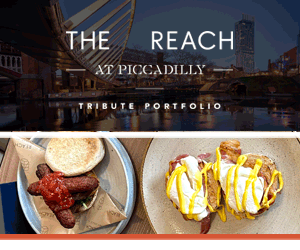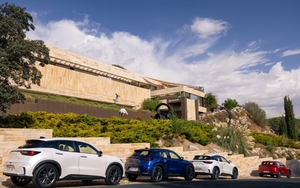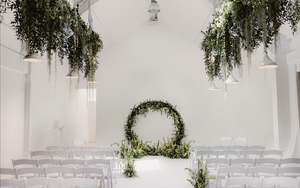In the days of the old Liverpool Poly, the annual Art and Design final-year degree shows for the Dip.AD were presented in their respective schools which resulted in a walkabout between Hope Street, Myrtle Street, the Hahnemann Building and others. Having built up a thirst, the celebrations traditionally continued in the Caledonia or Ye Cracke over pints of Guinness or, for the sterner stuff, Higson’s Stingo.
With the due arrival of the Liverpool John Moores University, the powers that be concluded that a fresh start was needed and, so, a brand-new building was born in the shadow of the Metropolitan Cathedral - the John Lennon Art and Design Academy.
Within it, students undertake three years of study, sometimes four if you include a foundation course, in the areas of Architecture, Fashion Design and Communication, Fine Art, Graphic Design and Illustration, History Of Art and Spatial Design. The fruits of their combined labours all come together in the final shows which form the core of their overall assessment. They also act as a showcase for future employment and a platform for social media exposure.
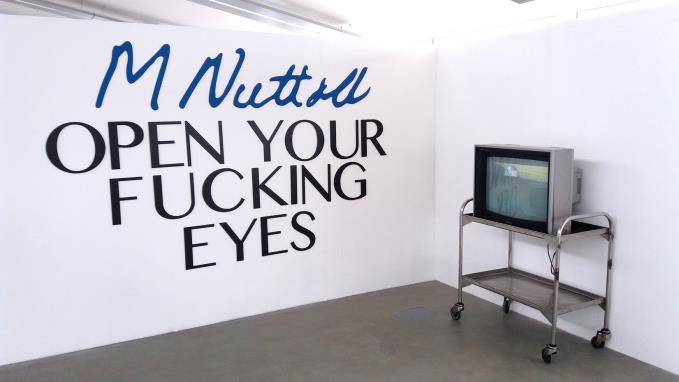
The opening event was, indeed, packed with cheerful and understatedly proud people. Students and their respective friends, families and tutors all gathered to witness this cornucopia of young yet highly accomplished talent. The displays were professionally constructed with plenty of additional info about the diverse, initial briefs and creative processes involved. Gone were the days of the open portfolio and dog-eared sketchbooks. In their place were state-of-the-art installations, industry-standard presentations and quite amazing attention to detail.
In an event like this, it’s only possible to give a general overview while using the work of individual students as snapshots. In doing so, it’s best to dispel any idea of favouritism for they’re all worth it. That said, it’s first off to see Graphics and Illustration. A fine collection of work on show in a wide range of media, including a stand with individual folios and personal statements.
The work of three students was worth looking at in more detail. Chris Peake had produced a large-scale visual grid of Warrington using Instagram images from specific locations which created an interactive map; Tom Hawkins investigated the world of fluid quantum physics through the prism of typography. Much credit went to Lowri Evans who created a quite unique sensory interpretation of the effects of dementia through heat-sensitive text. Her award of most original work across the school programme was justly deserved.
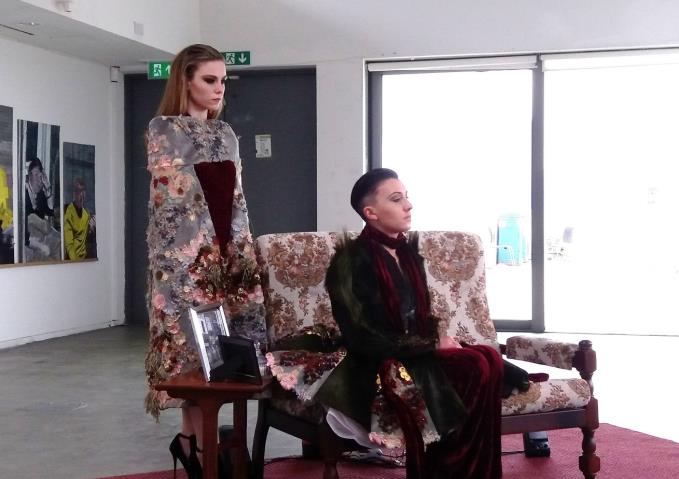 In vogue: Models strike a pose for fashion students
In vogue: Models strike a pose for fashion students
In Architecture, two students work reflected the broad range of urban applications. Dylan Thompson came up with a gridiron construction spanning across the River Irwell for competitive TV events while Rory Moss came up with a global tracking station to oversee the legal recycling of e-waste. There were many other inventive briefs spanning community-led urban projects to creating new music and performance spaces beneath the city. Spatial Design students reflected similar themes across the piece and I wish them well for the future.
The range of Fine Art presentations was impressively wide, from canvas-draped installations in darkened rooms to existential membership of the Universal Life Church. Paintings by Alisha Hutchinson stood out, together with Lucy Campbell’s skeletal domestic interiors which were reminiscent of Patrick Caulfield.
Francesca Logan’s scalpel-destroyed books were an inventive take on the future of the printed word while performance art was finely delivered by Devon Forrester-Jones through a three-hour soliloquy of her personal journey.
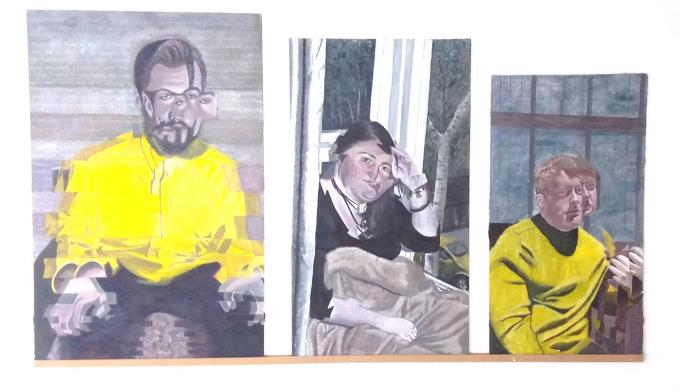 Work by Alisha Hutchinson
Work by Alisha HutchinsonIt wasn’t easy to pick out individual students to represent Fashion though the catwalk show was well-received. Examples of work showed a distinct preference for reinventing calico within an Edwardian shell. Other themes included ornate jacquard body-wraps and smooth dark velvets. Once again, it was clear that the students had a keen passion for celebrating the body through artistic endeavour.
Overall, the range and scope of work on show from across the respective schools gave ample evidence of the professional insistence on quality workmanship embedded within the teaching ethos at the Academy.
Moreover, there was a tangible sense of self-confidence and willingness to embrace risk throughout their work which came as breath of fresh air. In my view, this certainly puts Liverpool on par with London in terms of creative energy and output and will, perhaps, open the door to opportunities well beyond these shores.
The Final Year Degree Show is open between 26th May to 10th June between 10.00am - 6.00pm. Open weekends 12.00 - 6.00pm. Guided tours of the show are available week days at 11.00am and 3.00pm from the foyer.
Prize of place
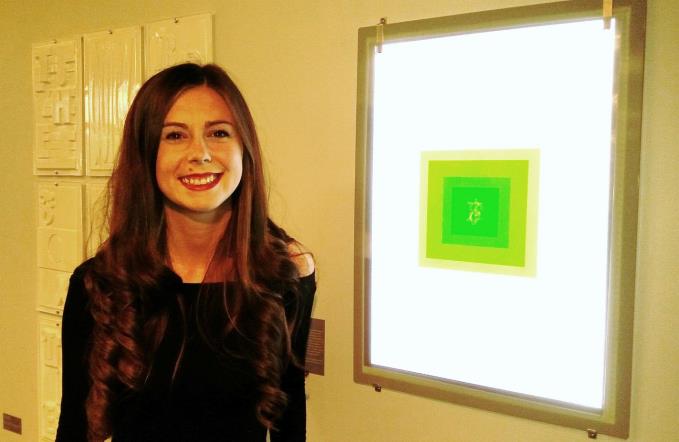 Lowri Evans won the Cass Art prize
Lowri Evans won the Cass Art prizeThere were a number of individual prize winners.
The prestigious Cass Art Award for original artwork (across the whole Degree Show) was won by Lowri Evans (Graphic Design & Illustration).
The Susan Dunthorne Travel awards went to Gemma Chapman, Sarah Graham, Helen Parry and Kalina Zlatkova.
The Susan Cotton Travel Awards went to Fleur Ellis, Amy Baldwin, Gemma Chapman and Adam Dwyer. Faculty Travel Bursaries went to Charlotte McCann, Adam Hardman, Grace Robinson and Lauren Larmour.
RIBA President’s Medal Nominations: Silver – Hugh Harran and Christopher Wells, Bronze – Asher Bourne and Callum Cherry and Dissertation award to Harry Foster. The Clare Wrigley Lighting Prize (Architecture) was won by Aadil Khanwith and the Spatial Design Most Improved Student Award went to Amy Jones.
Fine Art Polyresidency prizes at Royal Standard went to Lucy Moxton, Ryan Watkins and Dan Smyth and Philippa Hulse while the Fine Art Polyresidency prizes at Crown Building went to Raphaella Davies, Benjamin Nuttal and Devon Forrester-Jones.
Partner Awards from FACT, Tate and Biennial to Fine Art students (involving mentoring from all three Artistic Directors) went to Raphaella Davies, Bertie King and Amy McSavaney respectively. Finally, the RIBA North Award went to Dominica Chisca.
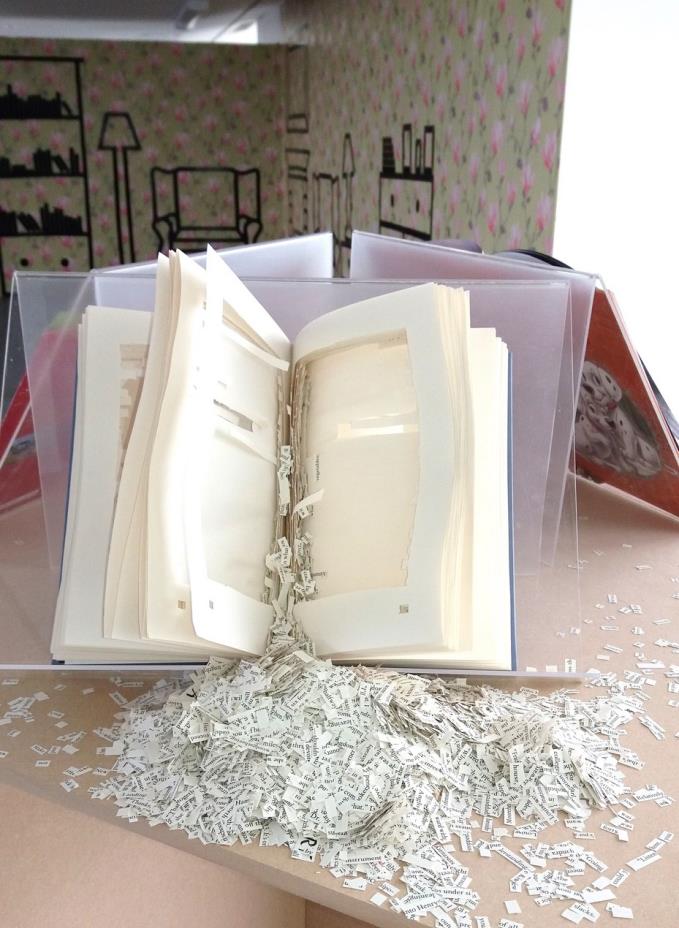 Francesca Logan's scalpel-destroyed books
Francesca Logan's scalpel-destroyed books
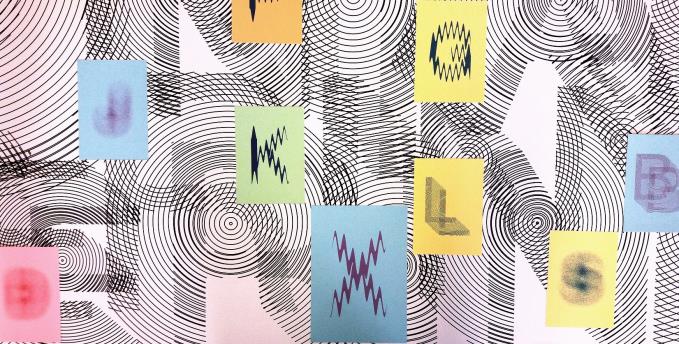
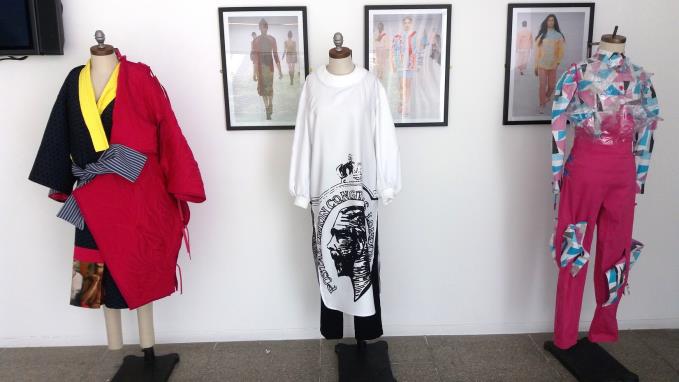


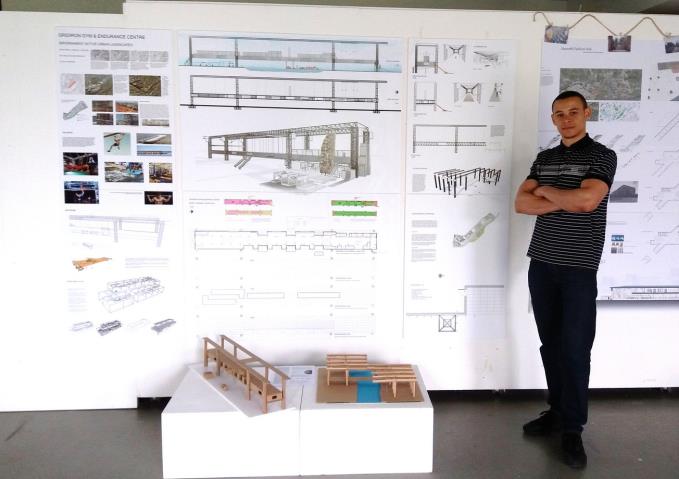 Dylan Thompson
Dylan Thompson
 What we can look forward to wearing one day
What we can look forward to wearing one day





